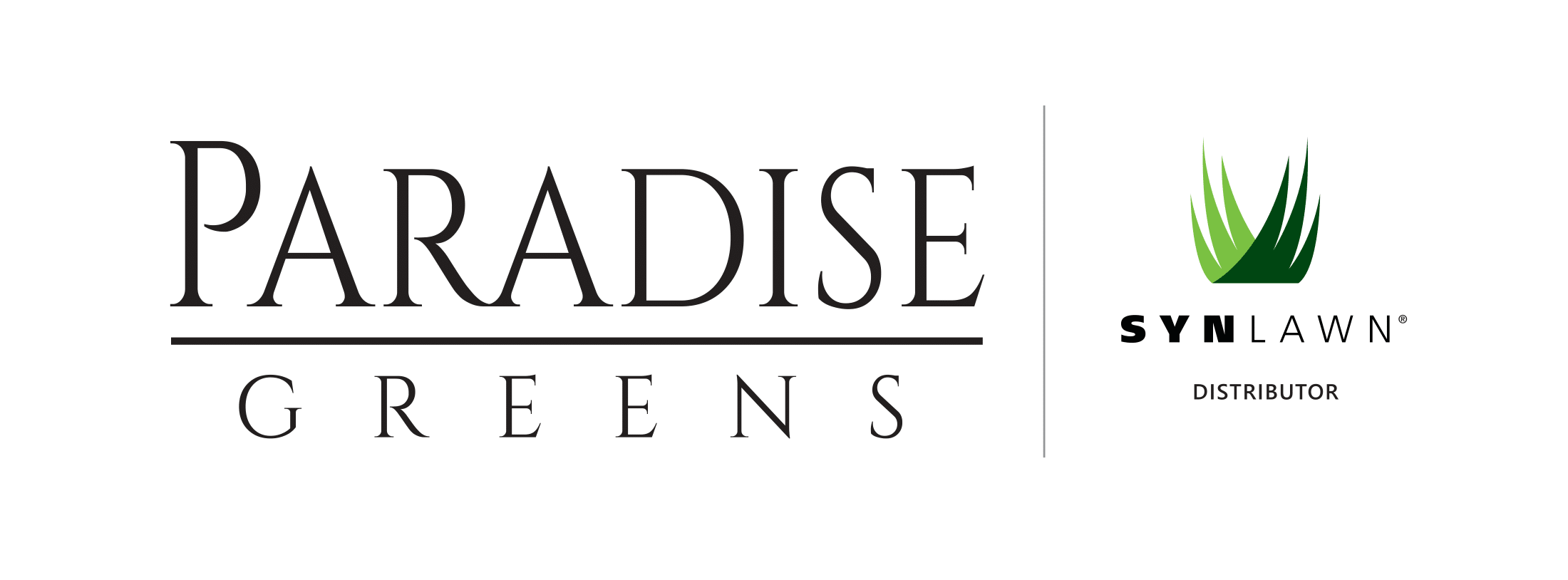The worlds of fake grass and real grass have collided. Debuting at the World Cup games this year is a hybrid of synthetic turf and blades of grass. The experiment is thought to be an extreme success and one that will assuage the arguments of Real vs. Fake when it comes to the types of fields that players play on.
The Debate Over Fake Grass and Real Grass
For many years arguments of advantages and disadvantages have plagued the World Cup and FIFA. Does having fake grass help those who can afford to have it? How does this affect poorer nations who play and practice on grass?
Furthermore, does having fake grass hurt those that play on it? Could this be because they are not used to playing on grass fields when visiting different stadiums? How does all of this affect the outcomes of the games? Does it create an unpredictability that is needed in these games? Does it hurt those that are favored to win and give possibility to underdogs? We already know fake grass helps athletes.
Will Blending Help?
Perhaps the blending of artificial grass and real glass will level the playing field. The process is rather unique. Fake grass will thread 8 inches into the ground. Hence, it will be woven in with natural blades. This will create a surface to outlast any sport or even the toughest concert goer crowd.
The World Cup however, produces some of the toughest soccer play. Balls are kicked, skidded, and rolled over every inch of grass. Also, players run as hard and as fast as they possibly can. This will be a true test of strength for this new style of fake grass. Currently, it is slated debut for the Algeria vs. Slovakia game this month.
Many major stadiums in Europe use this style of grass so far, and it may very well be the turf of the future for premier world soccer matches. Stadiums in America for the Philadelphia Eagles and the Denver Broncos have also adopted this style of fake grass and it seems to be boding well for all involved.
There is a strong possibility that will be thought of as very eco-friendly since the natural grass is predominant here. The artificial threads attach with the blades under ground and now lets people run on the most natural feeling beautiful pitch available. And the fields still do not need much upkeep, either. The best of both worlds, wouldn’t you think?
